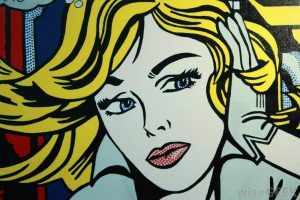Sensibility, spirit, and meaning
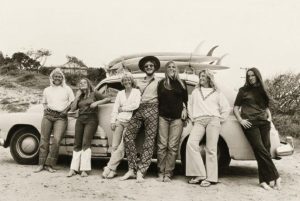
This image from the 1960’s is a photography based image that shows and has captures the spirit from that time. You are able to see the sensibility in this photo from the expressions on their faces. They are showing their emotion through their smiles, showing their sensitive sides. The meaning of the photograph is a group of people having fun, and it has been captured as a memory. This image is not in colour, however it is still able to capture the spirit that was happenings and going on at the time.
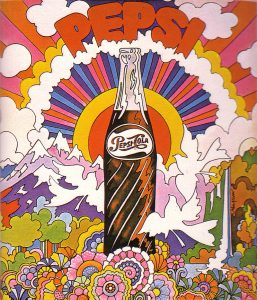
This image is from the 1960’s also and is an illustration culture based image. This image shows the same spirit as the previous image but through different ways. The spirit before was captures through the sensibility on the subjects faces, however it differs in this image. The sensibility comes from the colours in this image. The colours are so bright and vibrant it shows the meanings of the 1960’s, which is happy, bright, and spiritual. This particular illustration is for a Pepsi Cola advert so it needs to be bright to capture the audiences attention, personally I think it for fills its purpose.
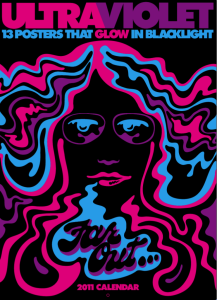
This image is a 1970’s culture poster which is from a series called “Black Light Posters”. This poster has an ultra violet theme to it. Only using pink, black, violet, and black in the poster, it is simple with the four colour use. Even though it is simple you still can understand the meaning, spirit, and sensibility behind the poster. This poster is different to the previous two because it is the most computer generate poster. The previous image was drawn then computer generated, then the first image is a photograph. The slickness of this poster allows the sensibility to be captured in a sense that it is slick, and professional allowing the audience to take the poster more serious.
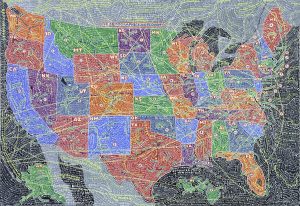
“Paula Scher” is an artist who did work similar to the second image. Her work is very colourful and the features stand out due to the colour. I am looking at the picture of the state map that she illustrated.
References: https://www.bing.com/images/search?view=detailV2&ccid=BEFCFJfO&id=5E473076FF9613134A40F75448609DD1A5BB9626&thid=OIP.BEFCFJfOBwcfqle0rY6wJAEsDI&q=1960+culture+photography&simid=608035365217307975&selectedIndex=5&ajaxhist=0
https://www.bing.com/images/search?view=detailV2&ccid=%2f3TA6qpS&id=DAC1EAC72E1F31A44E152F1D66AC8AFAE7195C47&thid=OIP._3TA6qpSHI08elyXWhjYCAEAEs&q=1960+culture+illustration&simid=608027526894846056&selectedIndex=2&ajaxhist=0
https://www.bing.com/images/search?view=detailV2&ccid=83%2f6KzAG&id=091CD56124874694978A3E2317EA4317C5F8F926&thid=OIP.83_6KzAGtZebkgZ0ht2xyAHaKO&q=70s+Black+Light+Posters&simid=608031353734956270&selectedIndex=4&ajaxhist=0
https://www.bing.com/images/search?view=detailV2&ccid=d7lnUXUE&id=62D66770A567787A5E28584CC5431E4A41F6A635&thid=OIP.d7lnUXUEMvDWTgVNt-i53wEsDO&q=Paula+Scher+state+map&simid=608043512782195110&selectedIndex=0&ajaxhist=0


